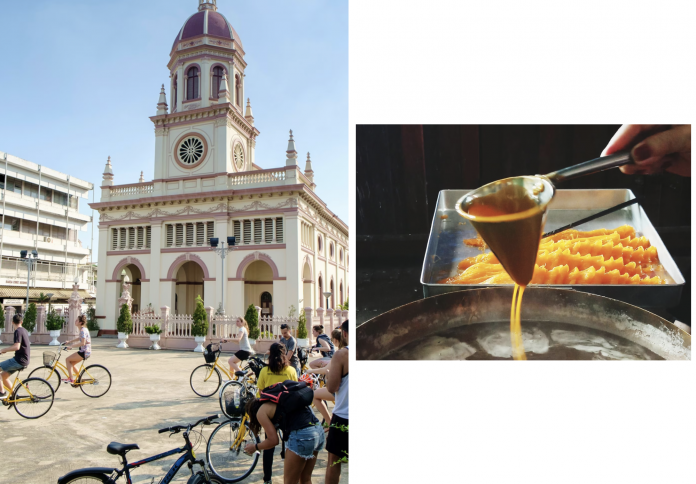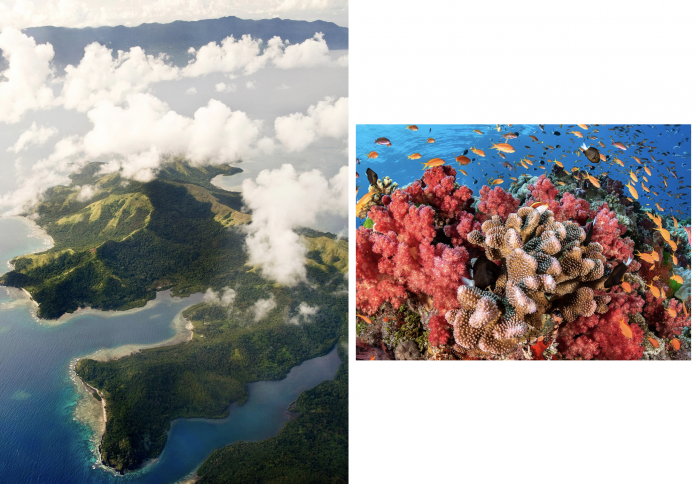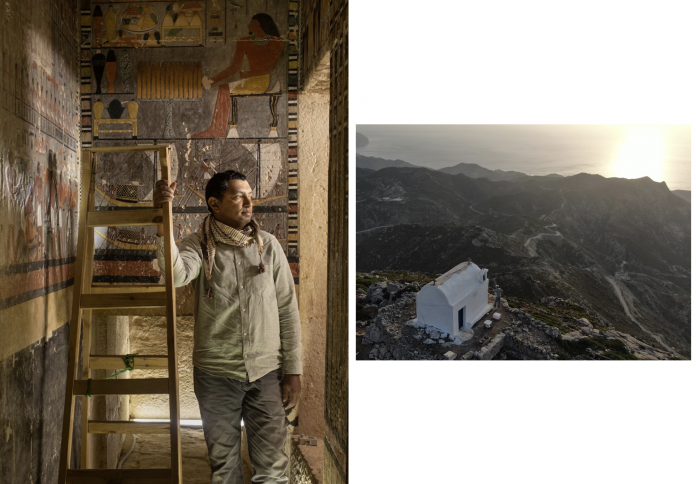Bangkok, the sprawling modern metropolis, often seems to have swept away its past, yet a profound European culinary legacy persists in its quiet corners. The relationship between Portugal and Siam began in 1511 when Portuguese envoys arrived in the former capital, Ayutthaya, making them the first Europeans to establish a relationship with the Thai court. This connection was far more than political; it was a gastronomic exchange that permanently reshaped Thai cuisine, particularly its desserts and its flavor profile. Today, the most tangible evidence of this history is found in the ancient Kudee Jeen neighborhood of Thonburi, a historic enclave granted to the first Portuguese settlers. Here, descendants of those soldiers and traders still live, preserving a unique culinary heritage that fuses Iberian techniques with local Siamese ingredients. It is in this small, riverside community that one can taste the true origins of some of Thailand’s most beloved sweets, a delicate, egg-rich tribute to a 500-year-old cultural fusion.
Kudee Jeen: The Last Vestige of Luso-Siamese Cuisine
To truly taste the oldest examples of Portuguese-Thai fusion food, one must travel to the Kudee Jeen neighborhood, nestled on the western bank of the Chao Phraya River.

This historic area, granted to Portuguese settlers in the 16th century, remains a remarkable multi-cultural pocket. While the majestic Santa Cruz Church anchors the community’s religious life, the narrow alleys preserve a unique culinary tradition known as Luso-Siamese cooking. This cuisine is defined by its blending of techniques and ingredients the Portuguese brought from the New World and their own Iberian heritage, adapted using local Thai resources. Walking through Kudee Jeen, you can find small bakeries and cafes that still create these rare, specific fusion dishes, many of which exist almost nowhere else in Thailand. The food here acts as a living museum, offering a direct, unbroken link to the recipes and flavors introduced five centuries ago when the first Portuguese sailors made Siam their home.
The most famous of these local culinary gems is Kanom Farang Kudee Jeen, a simple yet historically potent dessert. The name literally translates to “Western dessert,” and it is a small, dry cake or muffin made with flour, eggs, and sugar, often topped with raisins or shredded coconut. Its preparation and ingredients reflect the Portuguese baking traditions that were completely foreign to Siam, which relied on coconut milk and rice flour for its native sweets. The cake is baked in a charcoal oven, giving it a smoky, unique texture that sets it apart from all other Thai khanom. This humble cake represents the perfect fusion of two cultures—European methods meeting a Siamese love for sweetness—and is a must-try experience for anyone seeking Bangkok’s forgotten flavors.
The Culinary Revolutionary: Maria Guyomar de Pinha
The most significant figure in the Portuguese influence on Thai cuisine is not a Portuguese man, but a mixed-race woman of Japanese-Portuguese descent named Maria Guyomar de Pinha (also known as Marie Guimar).
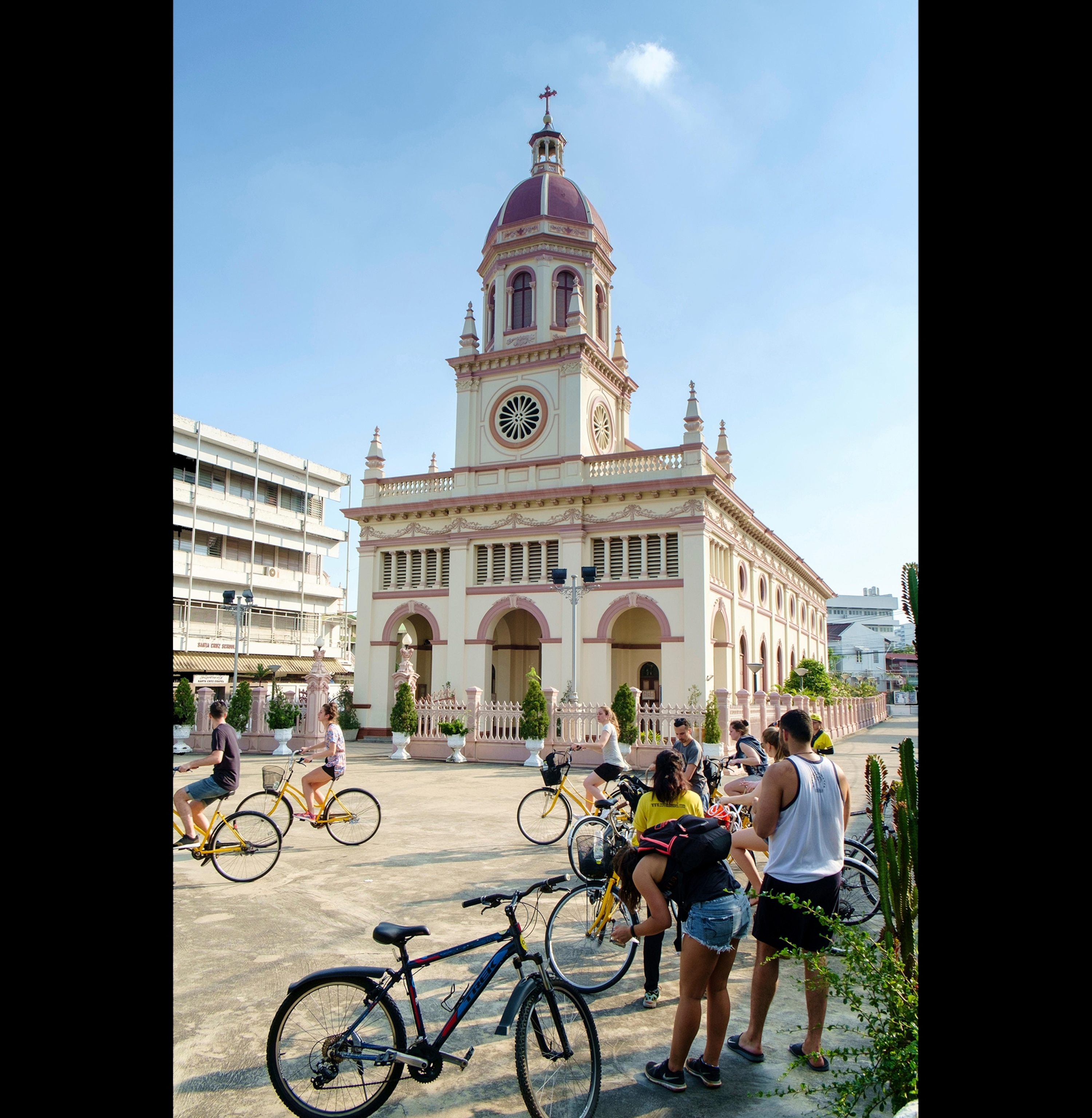
During the 17th-century Ayutthaya period, Maria was married to Constantine Phaulkon, a Greek adventurer who rose to be a high-ranking minister in the court of King Narai. Maria, who worked in the royal household’s kitchen, is credited with introducing and popularizing the concept of baking and, crucially, the use of egg yolks and refined sugar in Thai desserts. Prior to her influence, traditional Thai sweets were based primarily on sticky rice, coconut milk, and palm sugar. The arrival of new ingredients like egg yolks, wheat flour, and refined sugar, brought by Portuguese traders and adopted by Maria, revolutionized the khanom tradition by introducing richer, denser, and more colorful sweets.
Her influence created an entire family of desserts, often collectively referred to as “The Golden Sweets.” Maria’s legacy is most visible in the many desserts whose names contain the word thong, the Thai word for gold, reflecting the rich yellow color imparted by the egg yolks. These sweets include Foi Thong (golden threads), Thong Yip (pinched gold), and Thong Yot (dropped gold), all direct adaptations of Portuguese confectionary like ovos moles (sweet egg yolks). These desserts are still made for auspicious occasions, a direct tribute to the innovation brought by a single, influential woman centuries ago.
The Spice Trade and the Chili Pepper
Beyond the delicate world of desserts, the Portuguese influence extended into the savory realm, forever altering the fundamental taste profile of Thai cuisine.
The most dramatic, and perhaps most important, change the Portuguese traders brought was the chili pepper. Though now synonymous with the fiery heat of Thai food, the chili pepper is not native to Asia; it originated in the Americas. The Portuguese, as major players in global trade following the Age of Discovery, introduced the plant from its New World home to their trading posts across Asia. The acceptance of the chili pepper into Siamese cooking was swift and absolute, rapidly replacing the older, milder sources of heat like black peppercorns and ginger. This single ingredient fundamentally transformed Thai cuisine into the spicy, intensely flavored style that is celebrated worldwide today. Without the Portuguese trade routes, signature dishes like Som Tum (papaya salad) and most curries, which rely on the heat of chilies, would not exist in their current form.
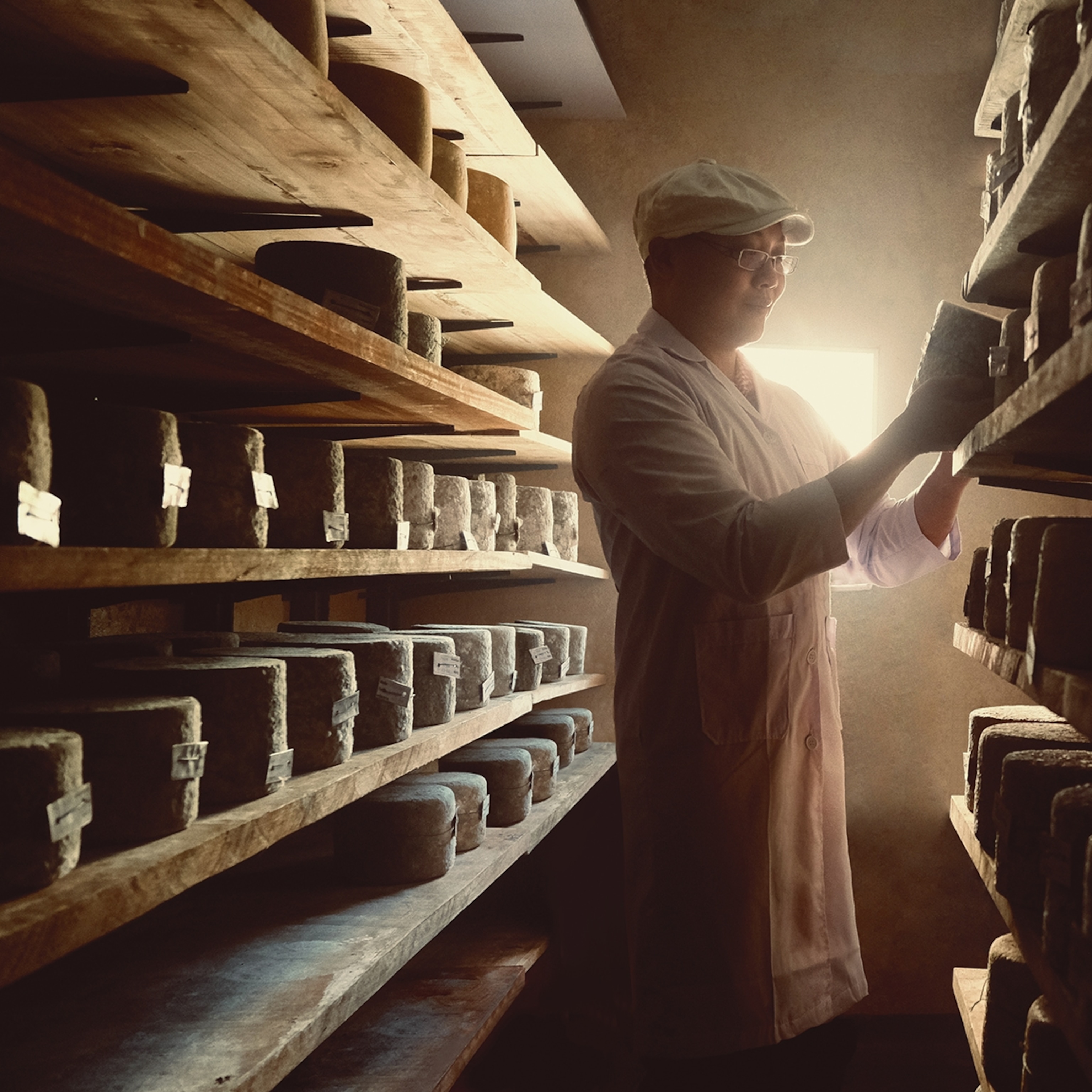
Furthermore, the Portuguese are credited with introducing other staples from the Americas, including papaya, tomatoes, corn, potatoes, sweet potatoes, and cashews. These ingredients were gradually adopted into the agricultural and culinary landscape of Siam, to the point that many Thais today are unaware of their foreign origins. This introduction of New World ingredients, combined with the Portuguese influence on baking, showcases the profound, long-term impact of this early European diplomatic and trade relationship on the nation’s food culture.
Modern Portuguese Fare Beyond Kudee Jeen
While Kudee Jeen preserves the historical fusion, modern Bangkok occasionally sees contemporary chefs opening dedicated restaurants that celebrate authentic Portuguese and Macanese cuisine.

These modern establishments move beyond the historical khanom and focus on the savory, hearty dishes of the Iberian Peninsula. For example, popular items include Bacalhau (salt cod), prepared in various styles like Bacalhau à Brás (shredded cod with potatoes and eggs), and traditional Portuguese stews and seafood dishes. Restaurants specializing in Macanese cuisine—a fusion of Portuguese and Chinese food from Macau—also bridge the historical gap, offering dishes like African Chicken that reflect the broader influence of Portugal’s former colonies. While these places may be spread across the city, they represent a renewed appreciation for the depth and variety of Portuguese cooking.
For the true food historian, however, the most authentic and soulful Portuguese experience remains the historic Kudee Jeen community. Here, in the small, traditional bakeries, the Kanom Farang is not just a cake, but a tangible, edible piece of history—a warm, sweet echo of the very first diplomatic handshake between Siam and the West, preserved in flour, eggs, and sugar.
